In the joyful atmosphere, the 12th Cultural and Sports Festival of Ethnic Minorities in Buon Ma Thuot City was equally jubilant. In the two clusters of the festival, Cuor Dang and Ea Tu, the ching knah and ching kram sounds soared into the blue sky of the teams that arrived early to rehearse the ching “Gội về chồng hợp”. The calls to each other, the tight hugs of the girls after two years of reunion. The murmuring of mothers and sisters in the long house preparing a place to weave. The blue smoke rising above the coffee garden was from the culinary competition teams that had lit the fire… The white clouds seemed to lean down to watch and draw smiling faces welcoming.
Cuor Dang cluster has 19 participating villages, hamlets and residential groups; Ea Tu cluster has 14 villages, hamlets and residential groups and 4 ethnic minorities: Ede, Thai, Muong and Tay. The white shirts and black skirts of Thai and Muong stand out next to the red and black of the traditional costumes of Ede. In addition to the two sports of stick pushing and tug of war, there are 6 cultural competitions: brocade weaving, folk arts and ching playing, basket weaving, festival restoration, statue carving and cuisine.
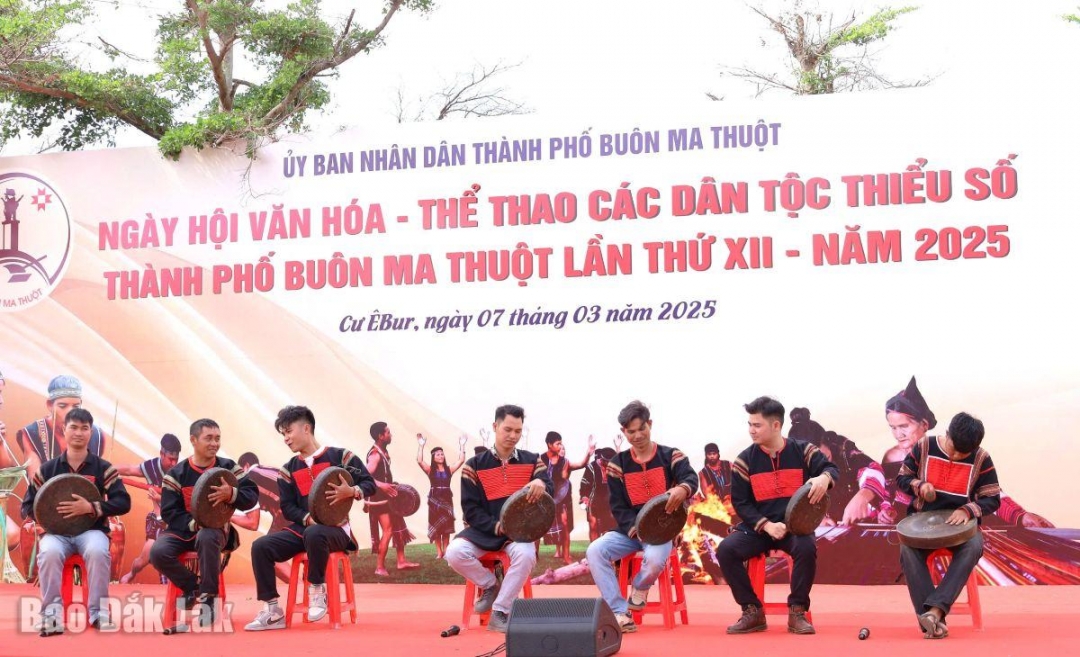 |
| Gong performance competition of Tong Ju village (Ea Kao commune) at the 12th Cultural - Sports Festival of Ethnic Minorities in Buon Ma Thuot City, 2025. Photo: Anh Ngoc |
Weaving brocade was the earliest competition to start. The threads had already been strung up, so mothers, grandmothers, and sisters quickly tied up the frames and spread out mats so that they could thread the rods and pull the threads right away. The clattering sound resounded tirelessly next to the wide open windows of the long house. Middle-aged men chose the sidewalks with the cool shade of the trees to whet bamboo and weave baskets. Under the shade of the ancient trees, the statue sculptors also began their first chisel strokes. After the opening ceremonies, the stage for the folk art and ching competition was filled with music. On a small stage at the front of the long house, the teams recreating the festival attracted a lot of media and curious people.
Of the 9 teams participating in the festival reconstruction competition, 6 brought brotherhood, mother-child, and sisterhood ceremonies, plus a naming ceremony of the Ede people and a blessing prayer for the bride and groom of the Muong people. The brotherhood ceremony is one of the beautiful humanistic features of the Ede people. In this competition, some teams were too fussy in performing the rituals (asking for a lot of consent from both families), so the ceremony was very lengthy. Some teams, instead of holding a copper ring when agreeing, touched money; some teams shortened it to the point of skipping the gift for the new family of the adopted person. The blessing prayer for the bride and groom was witnessed by only the shaman and the gong team, without any elders, nor the bride or groom. The cutest thing was the baby naming ceremony, which also lacked the ching sound after the name was announced. Anyway, the festival reconstruction contest is still a beautiful feature of the festival, this year it was organized as a separate event.
The folk art performance still has the k'ưưt and arei singing, the ding buot flute, and the ding nam trumpet, but other traditional musical instruments are almost absent. The dance section mostly uses original music or new songs as background music like mass art. Almost every troupe has a wine-inviting dance, xoang dance, and pah kngan rong yang dance with the accompaniment of the ching knah or ching kram ensemble.
The most exciting competition was the gong performance. The groups brought senior gong teams, all very mature and quite steady. Some teams, both old and young, occasionally missed the beat. The youth and children gong teams showed great confidence in performing medleys of 2-3 songs (this was a new feature in this festival), so the competition was very high.
Although the basket weaving and statue carving competitions had few artisans, they were equally exciting. The baskets and statues were immediately bought, bringing excitement to the artisans.
Cuisine also received a lot of attention. The Organizing Committee's requirement this time was to have at least 3 main traditional dishes of our people, using ingredients and spices that are also traditional and seasonal, combined with beautiful, eye-catching and unique presentations with traditional flowers and grass. In addition to familiar dishes such as grilled chicken, vech, bitter eggplant soup, stir-fried cassava leaves, anchovy salad..., the dishes that use weaver ants, stir-fried, cooked, mixed with the special sour and spicy taste of the Ede people are very delicious and unique. Sticky rice or rice cooked in clay pots, fragrant and sticky gourd shells. The Thai and Muong women's groups also brought stewed dishes (wrapped in banana leaves and grilled in charcoal), mixed sticky rice... very typical. However, many dishes added green onions and herbs bought at the market, making the traditional flavor somewhat faded.
The most exciting and crowded with young people cheering were the tug of war and stick pushing. The laughter and cheers of “keep it up” made the village space extremely bustling. Unfortunately, this year the Organizing Committee dropped the elegance competition, which meant that it could not attract many young men and women to the festival. Because the elegance competition not only attracted the interest of young people, but also brought pride in traditional costumes, creativity in innovative costumes, and ethnic cultural knowledge in the behavioral competition.
Although there were still some regrettable things, the 12th Cultural and Sports Festival of Ethnic Minorities in Buon Ma Thuot City was still a real success. In particular, 2 First Prizes were awarded to Tong Ju village (Ea Kao commune) and Ako Dhong village (Tan Loi ward); 4 Second Prizes were awarded to Ky village (Thanh Nhat ward), Tuor village (Hoa Phu commune), Kmrong Prong A and B (Ea Tu commune). Above all, the traditional culture is cared for, preserved and promoted by the people with all pride, so that "those who are far away from Ban Me remember" (song "Remember March").
H'Linh Nie
Source: https://baodaklak.vn/van-hoa-du-lich-van-hoc-nghe-thuat/202503/nguoi-di-xa-ban-me-nho-ve-8d1110c/


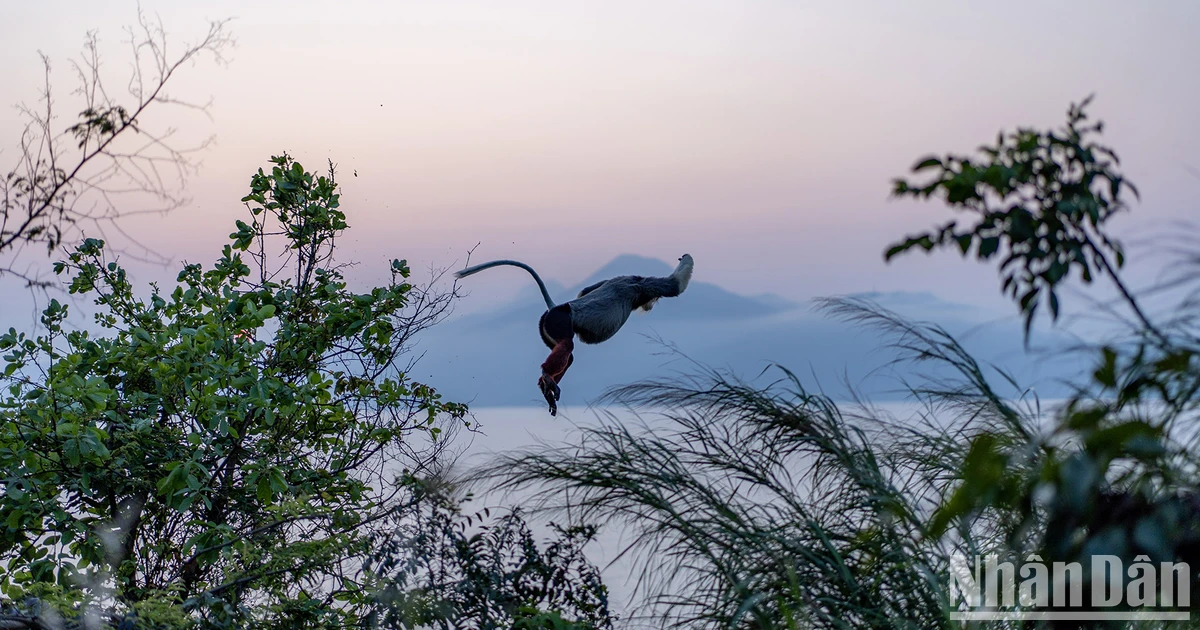
![[Photo] President Luong Cuong meets with King Philippe of Belgium](https://vstatic.vietnam.vn/vietnam/resource/IMAGE/2025/4/1/1ce6351a31734a1a833f595a89648faf)
![[Photo] Speeding up construction of Ring Road 3 and Bien Hoa-Vung Tau Expressway](https://vstatic.vietnam.vn/vietnam/resource/IMAGE/2025/3/31/f1431fbe7d604caba041f84a718ccef7)
![[Photo] President Luong Cuong and the King of Belgium witness the Vietnam-Belgium document exchange ceremony](https://vstatic.vietnam.vn/vietnam/resource/IMAGE/2025/4/1/df43237b0d2d4f1997892fe485bd05a2)
![[Photo] Official welcoming ceremony for the King and Queen of the Kingdom of Belgium](https://vstatic.vietnam.vn/vietnam/resource/IMAGE/2025/4/1/9e1e23e54fad482aa7680fa5d11a1480)


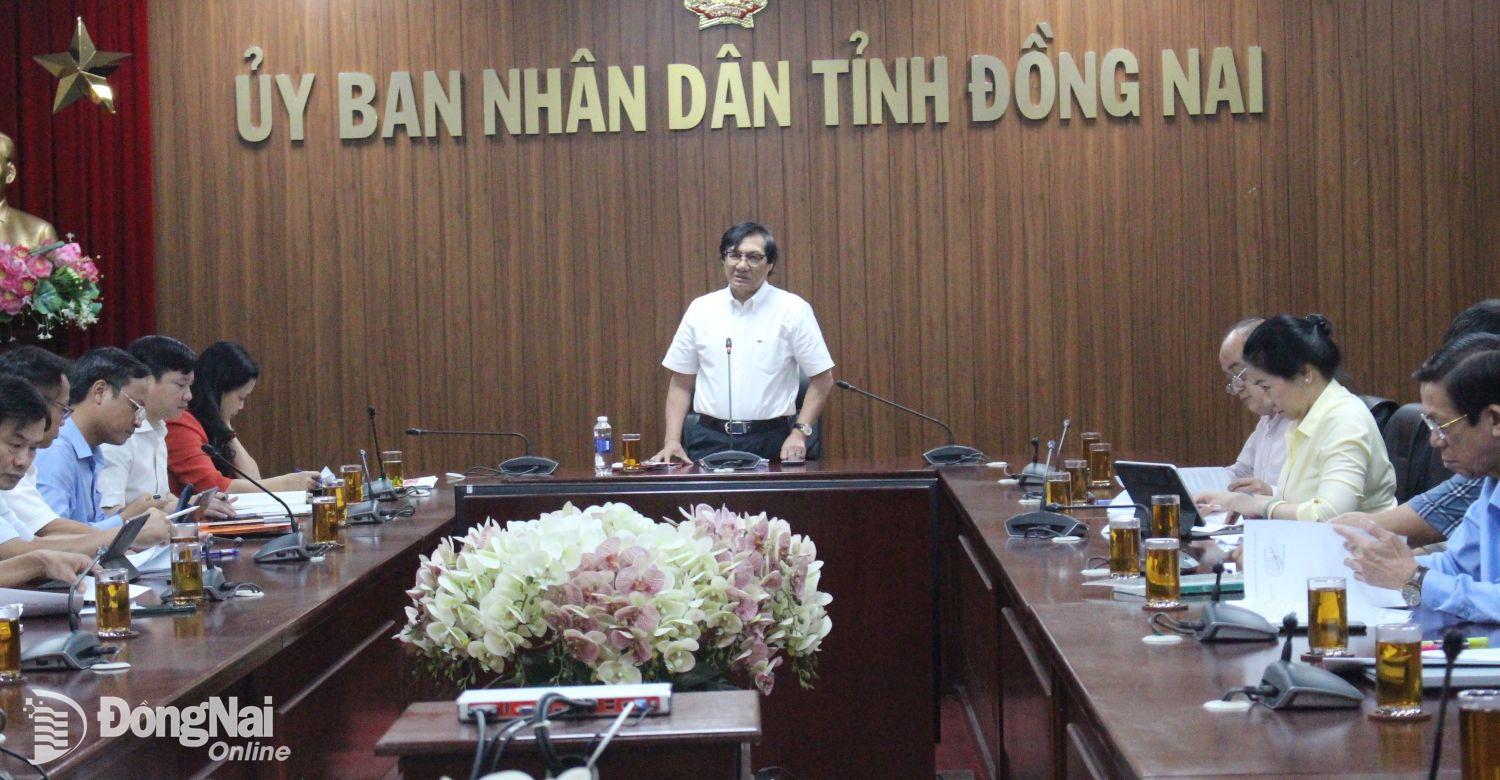
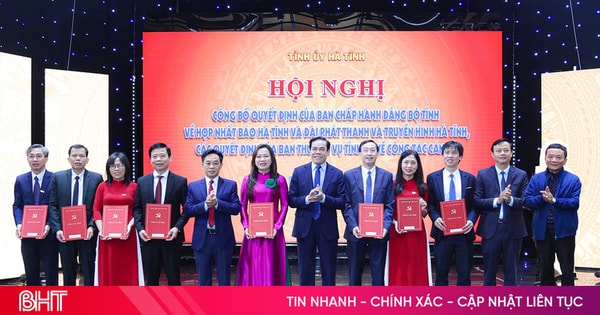

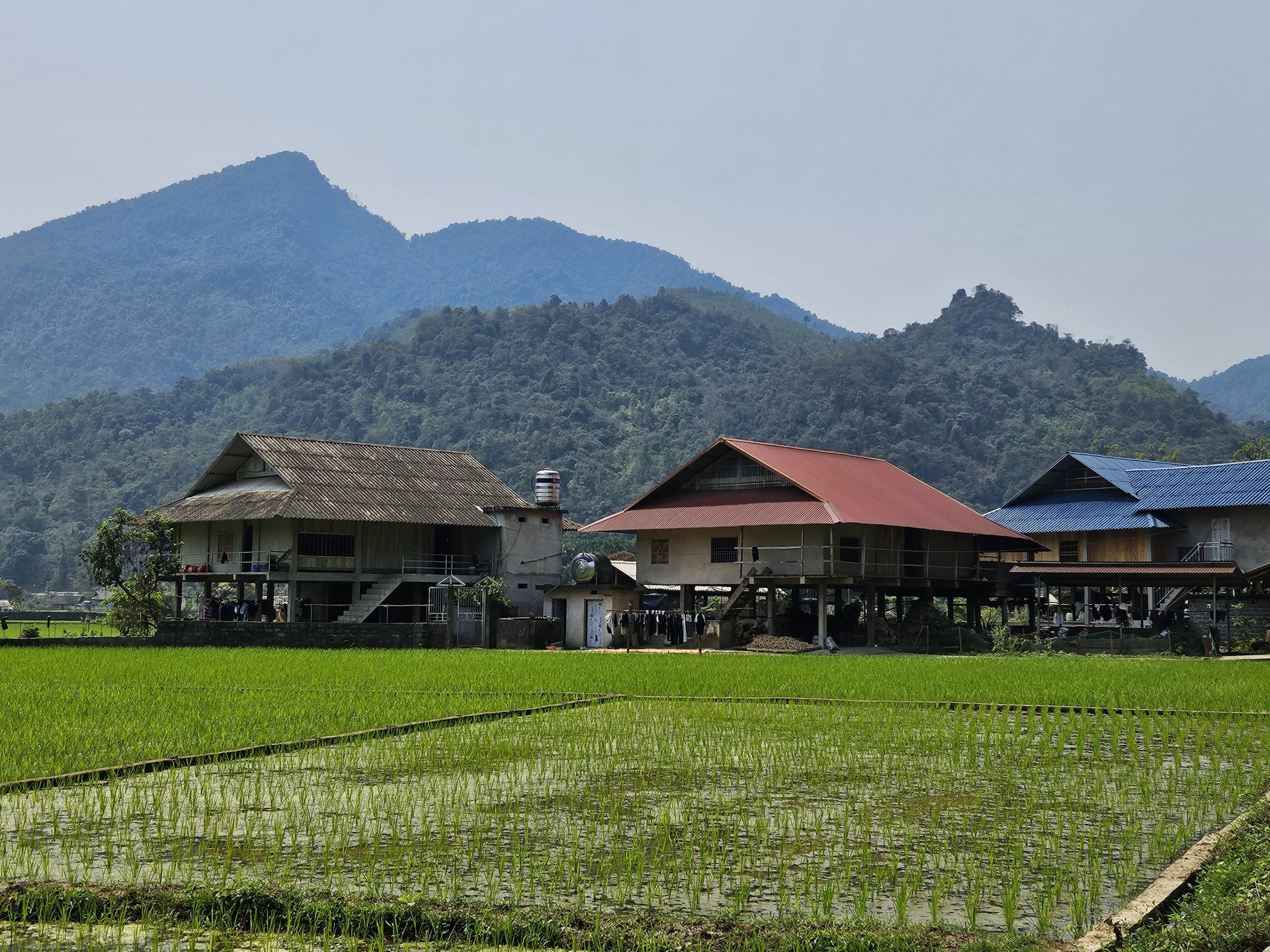





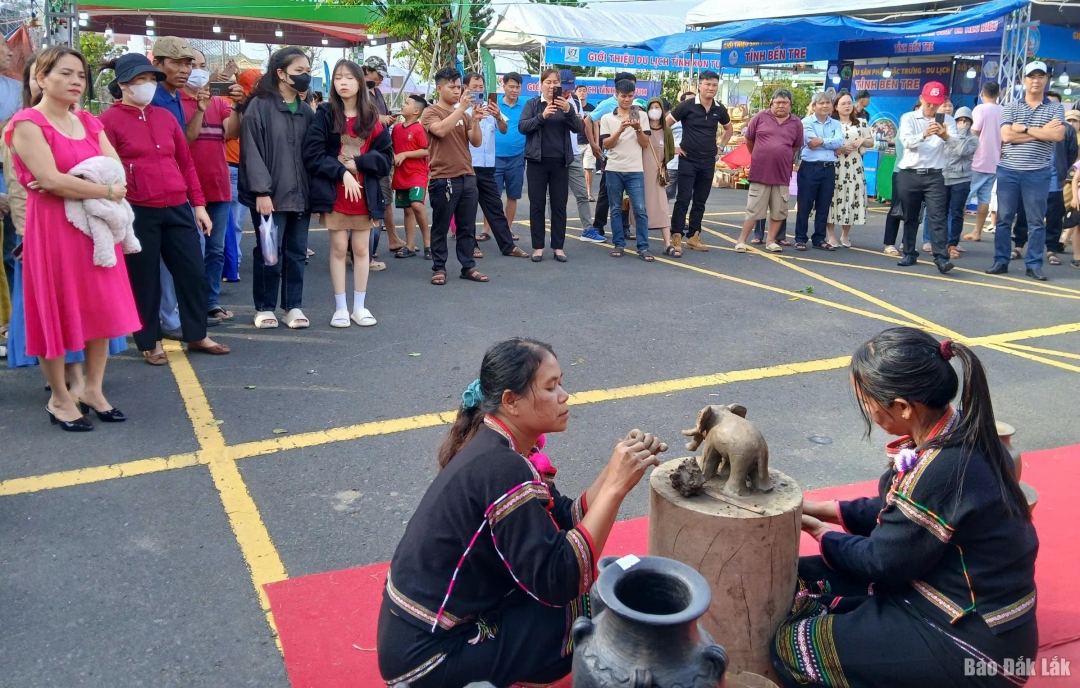
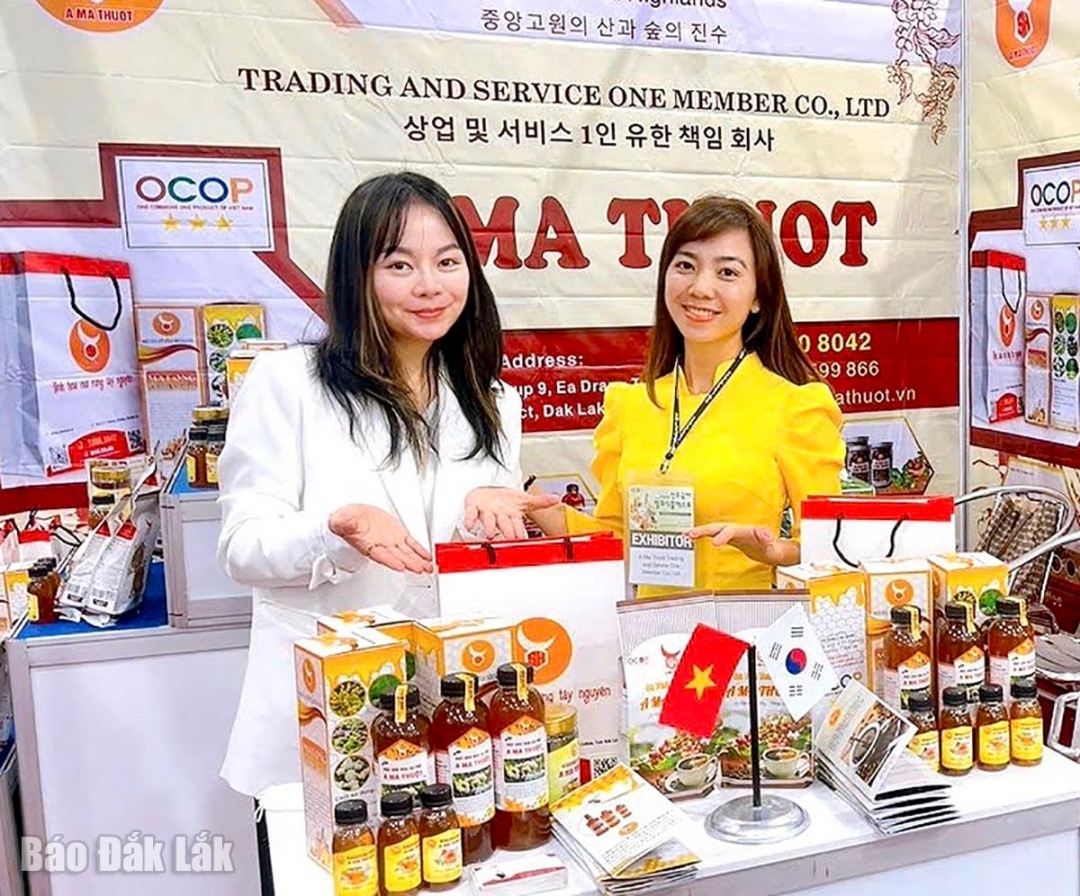
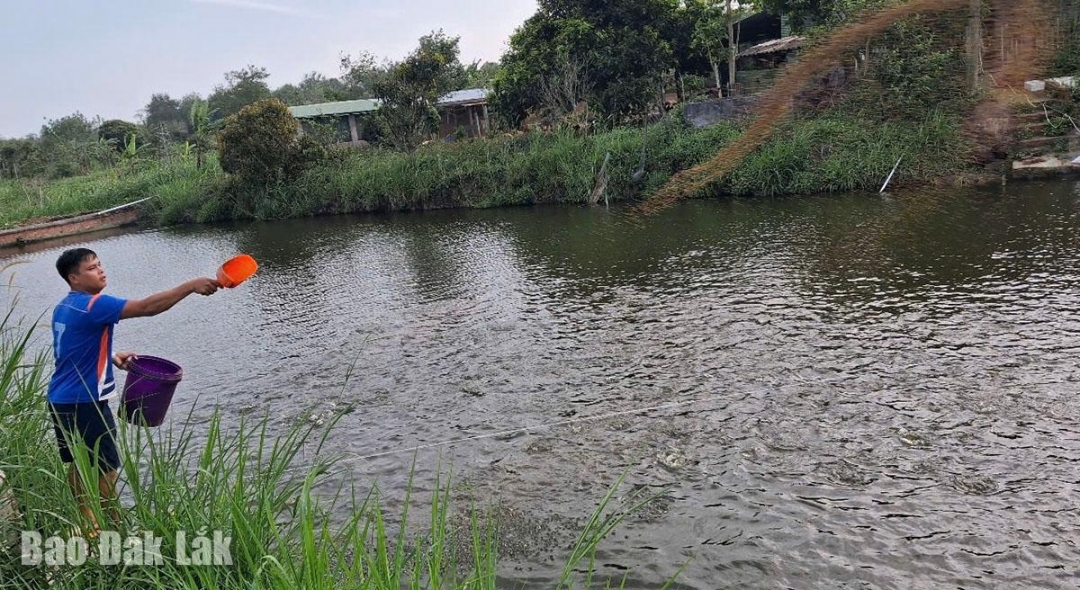
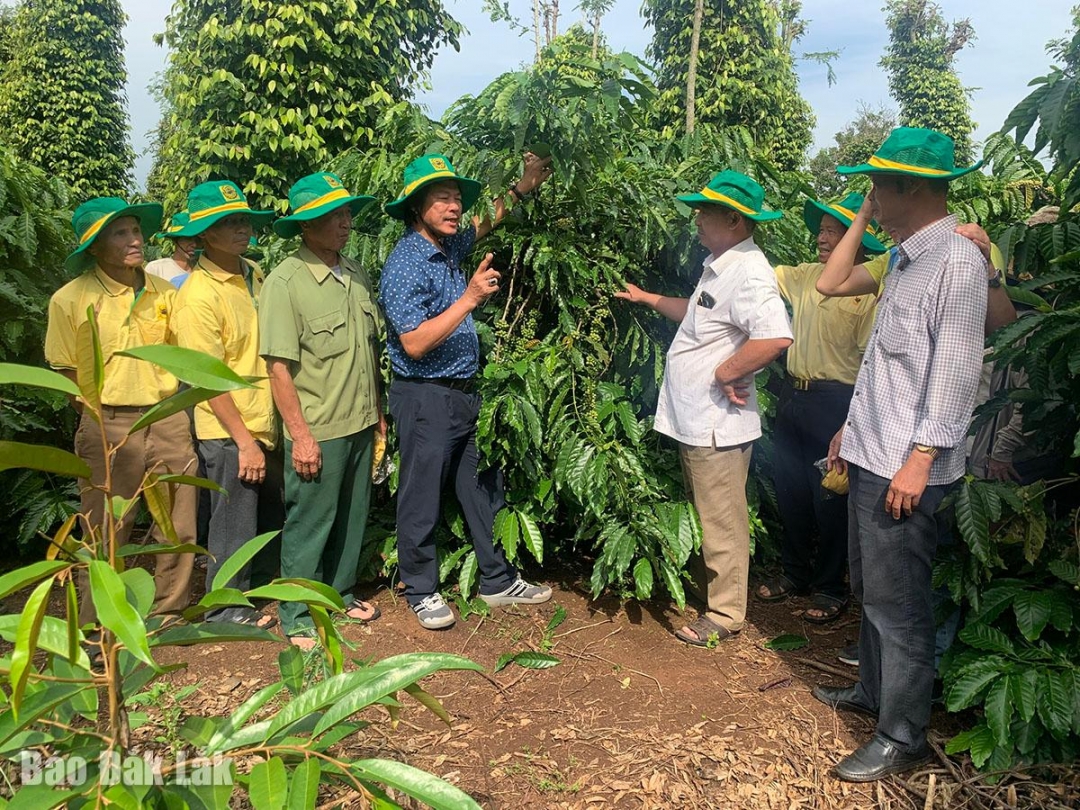

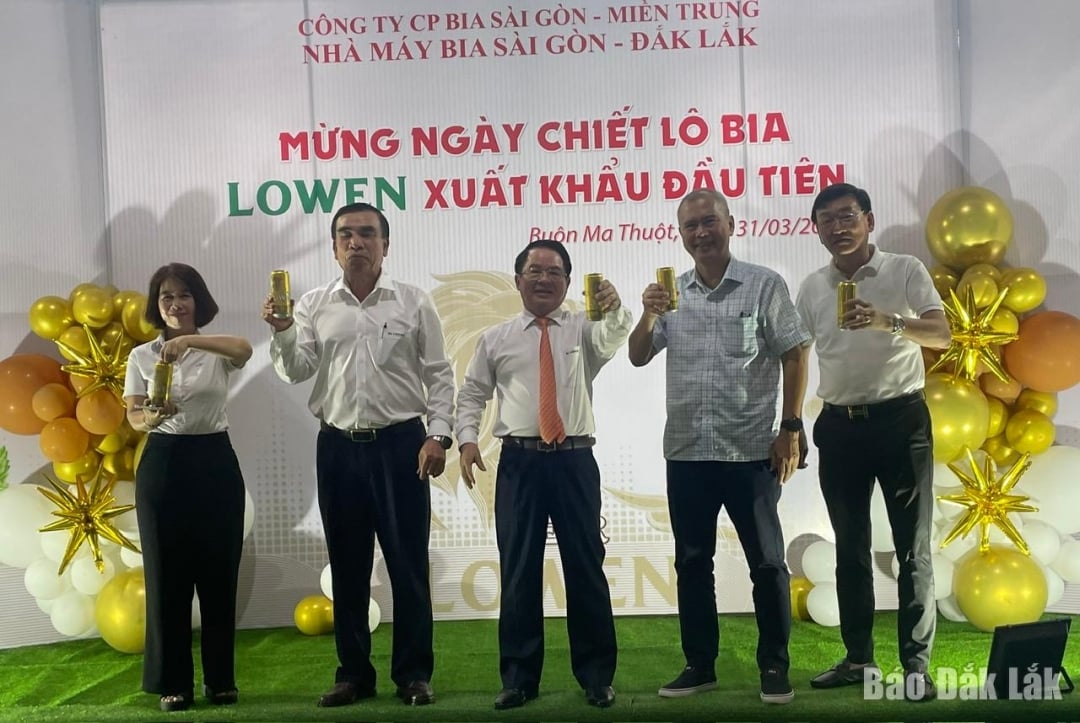








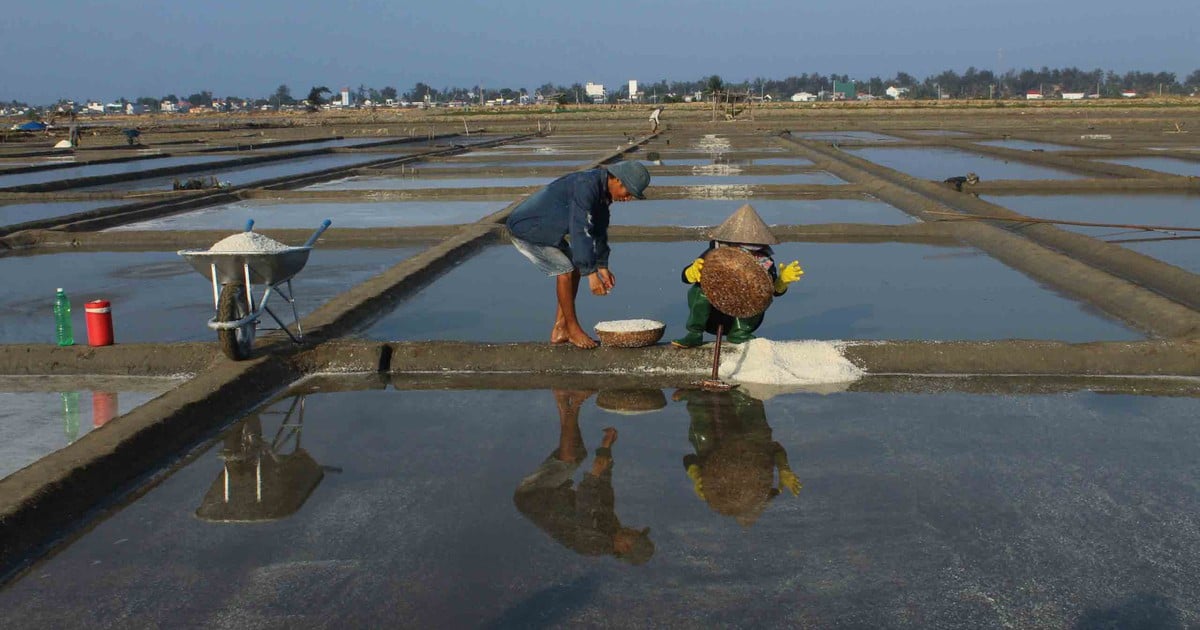

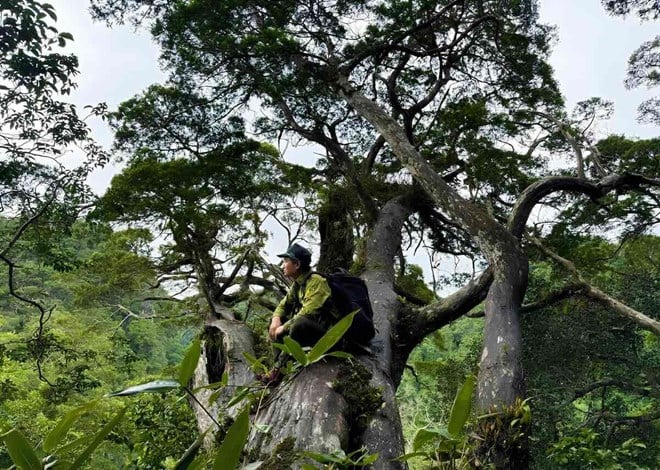


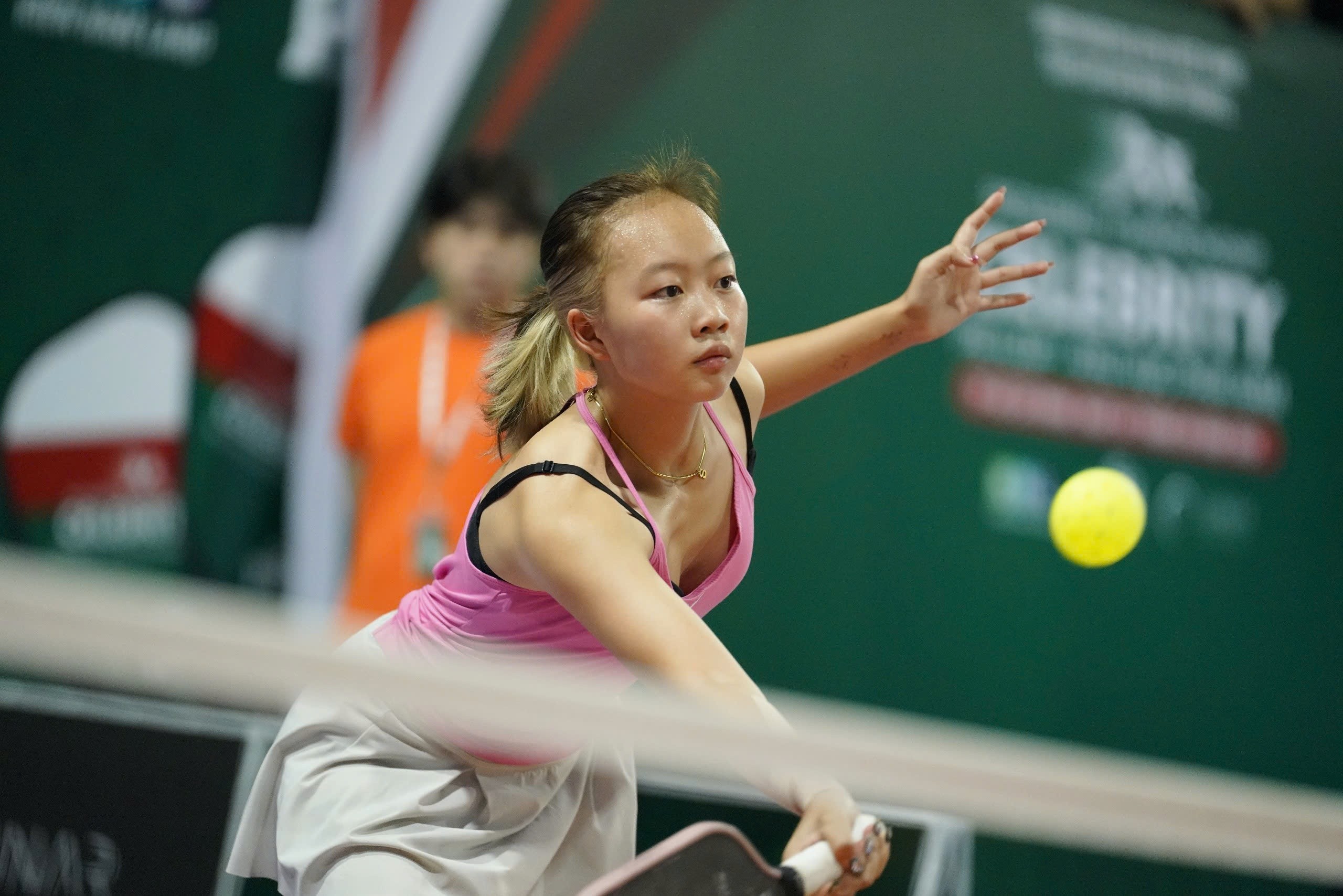



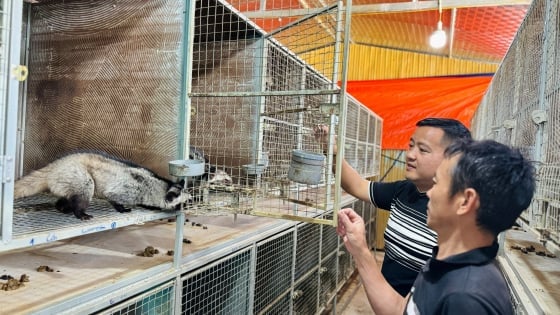












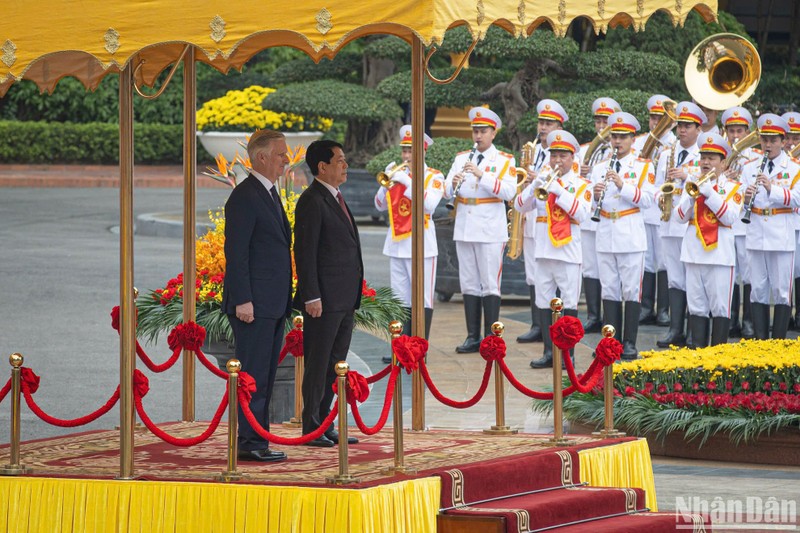


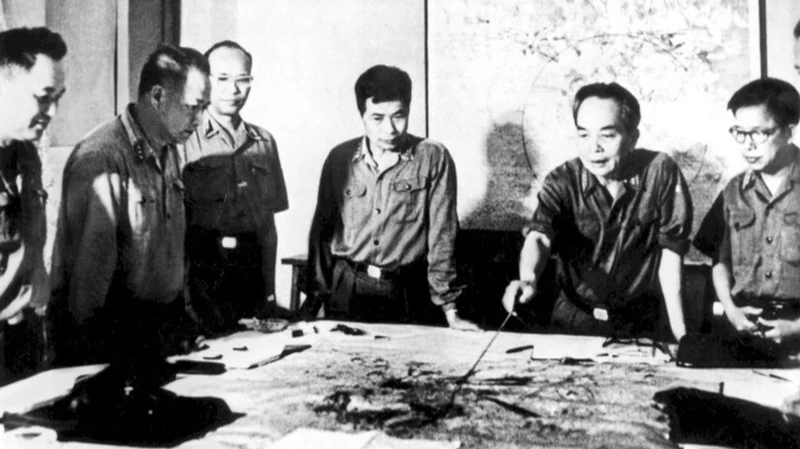





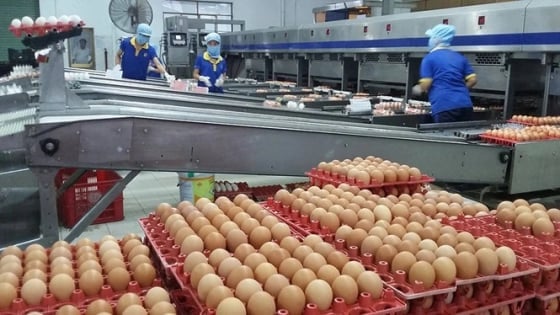

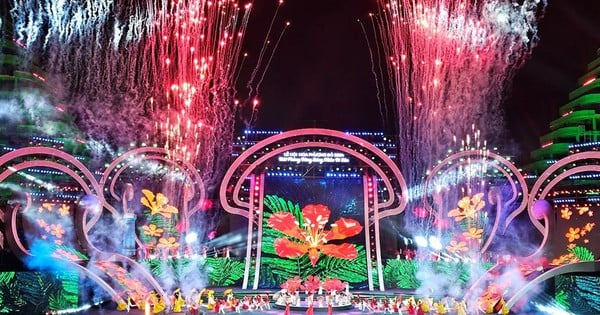
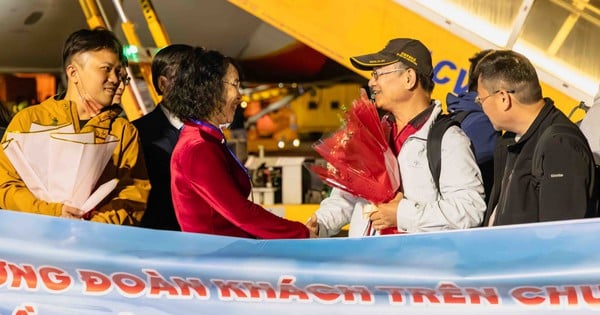

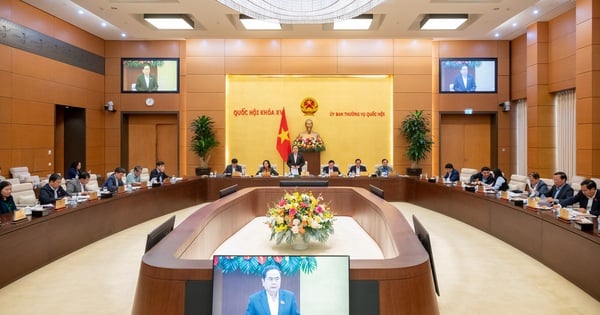


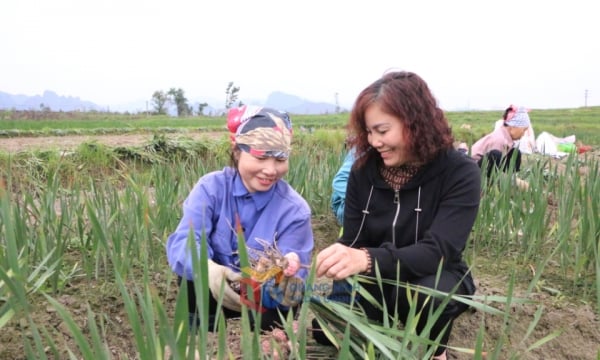

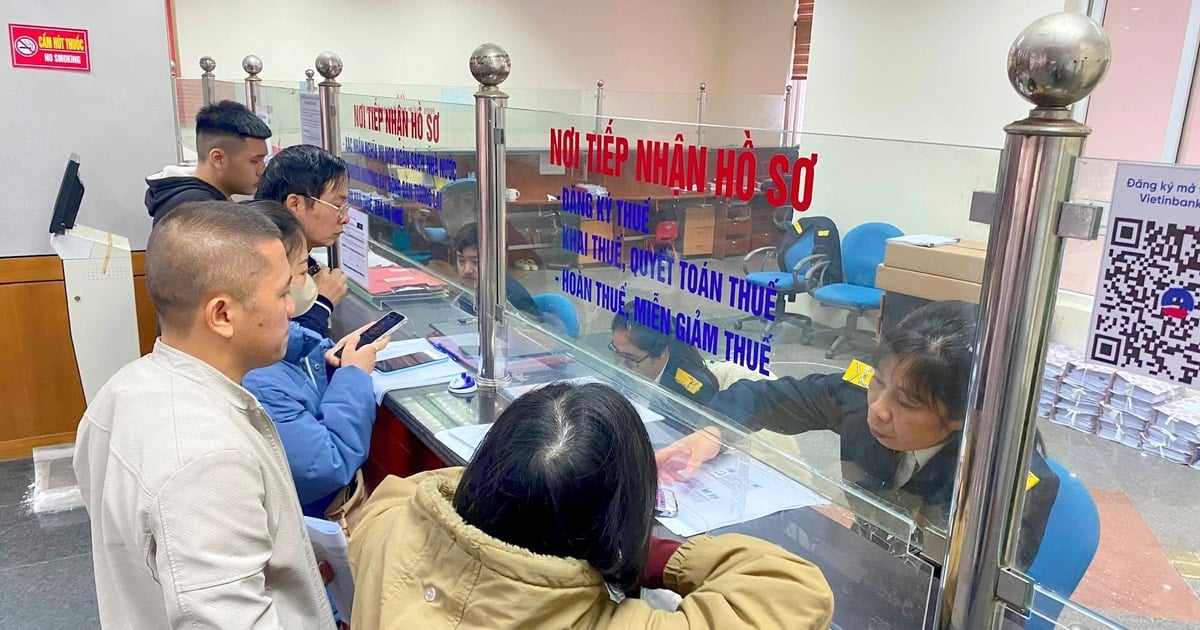














Comment (0)